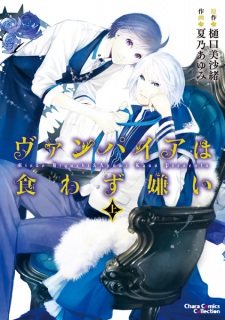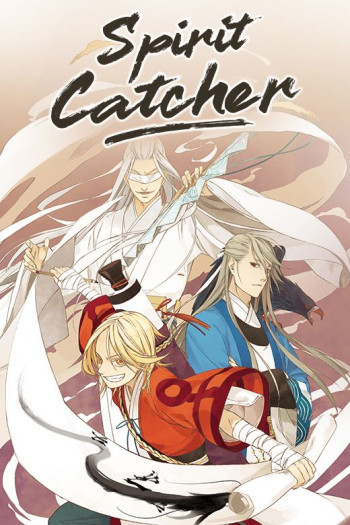Martial Peak Reviews
"Never Feed a Dragon" by Lola Glass, is a whimsical and delightful children’s book that combines an engaging narrative with vibrant illustrations to transport its readers - typically aged between 4 to 8 years - into a fantastical world where dragons soar and the unexpected becomes the norm. Glass manages to weave a tale that is not only entertaining but also educates children on the intricacies of responsibility and the consequences of impulsive actions.
The story follows the adventures of a young girl, Cassie, who discovers a mysterious egg in her grandmother’s garden during a visit. Curiosity and childlike wonder lead Cassie to care for the egg, and to her astonishment, it hatches into a mischievous baby dragon. Ignoring her grandmother's strict instructions to never feed the dragon, Cassie finds herself in a whirlwind of trouble as the dragon grows larger and hungrier with each passing day.
Glass excels in crafting a narrative that is both captivating and instructive. The repetitive and rhythmic nature of the young girl’s encounters with the dragon builds tension and keeps the young readers hooked, culminating in a climax that is as thought-provoking as it is heartwarming. "Never Feed a Dragon" does an excellent job at illustrating the theme of cause and effect, as Cassie learns the hard way that her actions have consequences, a valuable lesson for the book's intended audience.
The illustrations, hand-painted by Glass herself, are nothing short of enchanting. The use of bright, bold colors captures the attention of the reader, enhancing the text and bringing the world of Cassie and her dragon to life. Each page is a burst of color that reflects the emotions and chaos unfolding in the story, making it an engaging read for both children and adults alike.
An aspect of the book that particularly stands out is its portrayal of the relationship between Cassie and her grandmother. It is refreshing to see a children’s book emphasize the importance of intergenerational relationships, which is a topic rarely explored in children’s literature. The wisdom of Cassie's grandmother and her role in ultimately helping to solve the problem provides a gentle reminder of the importance of listening to and learning from our elders.
Glass also introduces a subtheme of care for animals and understanding their needs, as Cassie learns to adjust her approach to suit the dragon’s growing needs, which can be likened to real-world pet care. It’s a subtle yet effective comparison that parents and educators can expand upon in discussions with children.
"Never Feed a Dragon" concludes on a note that ties all loose ends while opening the door to a broader discussion about responsibility, making mistakes, and the value of seeking help when needed. This denouement not only satisfies but also reinforces the moral lessons threaded throughout the book.
However, if there’s an area where the book might face criticism, it could be the initial portrayal of Cassie's actions without apparent immediate repercussions. Young readers might initially get the misleading impression that disobedience is minor and without consequences. Yet, this can also be seen as a realistic portrayal of many real-life situations where consequences are not always instant and are realized over time.
In conclusion, Lola Glass’s "Never Feed a Dragon" is a commendable addition to children’s literature, offering a mix of entertainment and moral education, beautifully packaged in a visually appealing book. It tackles themes of responsibility, the consequences of one's actions, and the value of family wisdom, all interwoven in a light-hearted, fantastical tale that is sure to captivate and stimulate young minds. It is indeed a must-read that offers ample opportunities for learning and discussion, making it a great addition to any child’s bookshelf or school curriculum.
























Reviews 0
Post a Reviews: